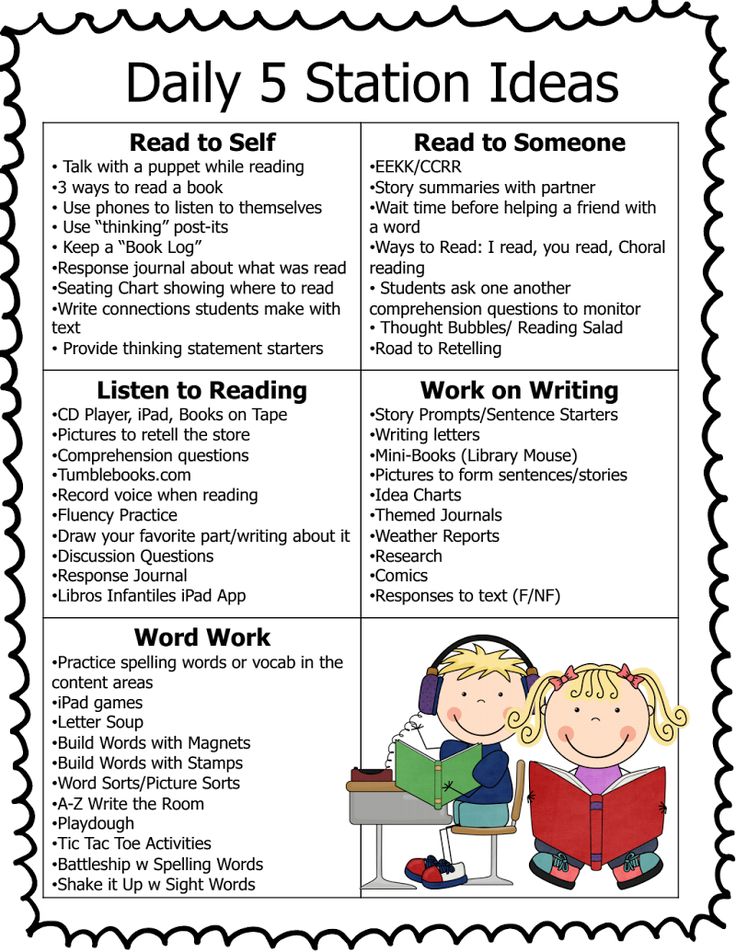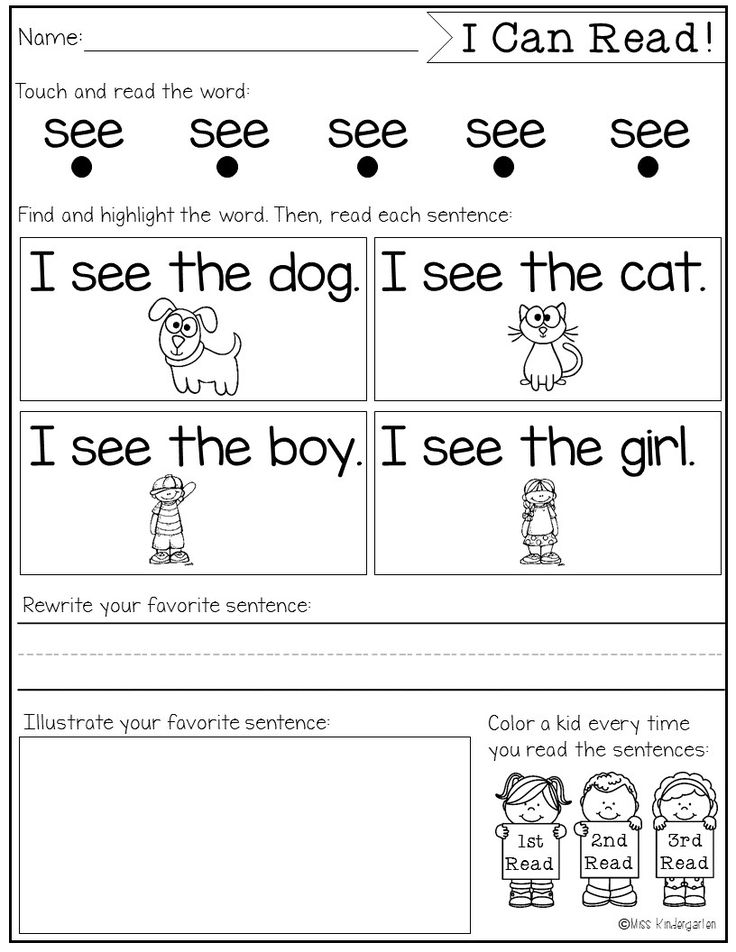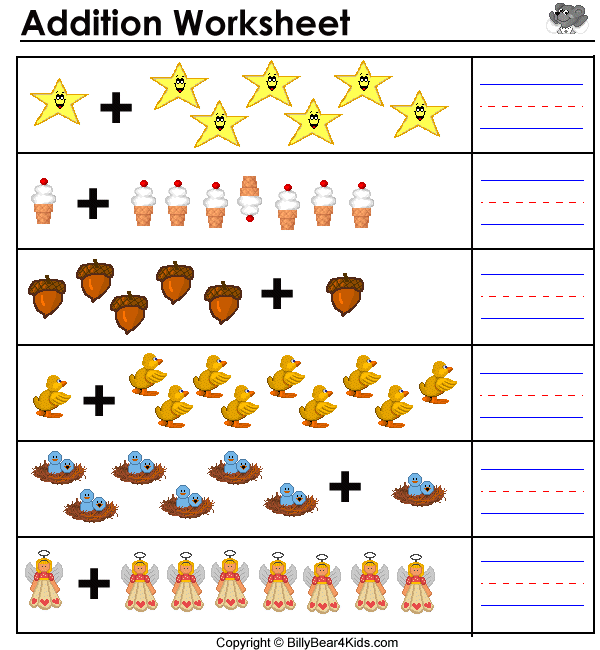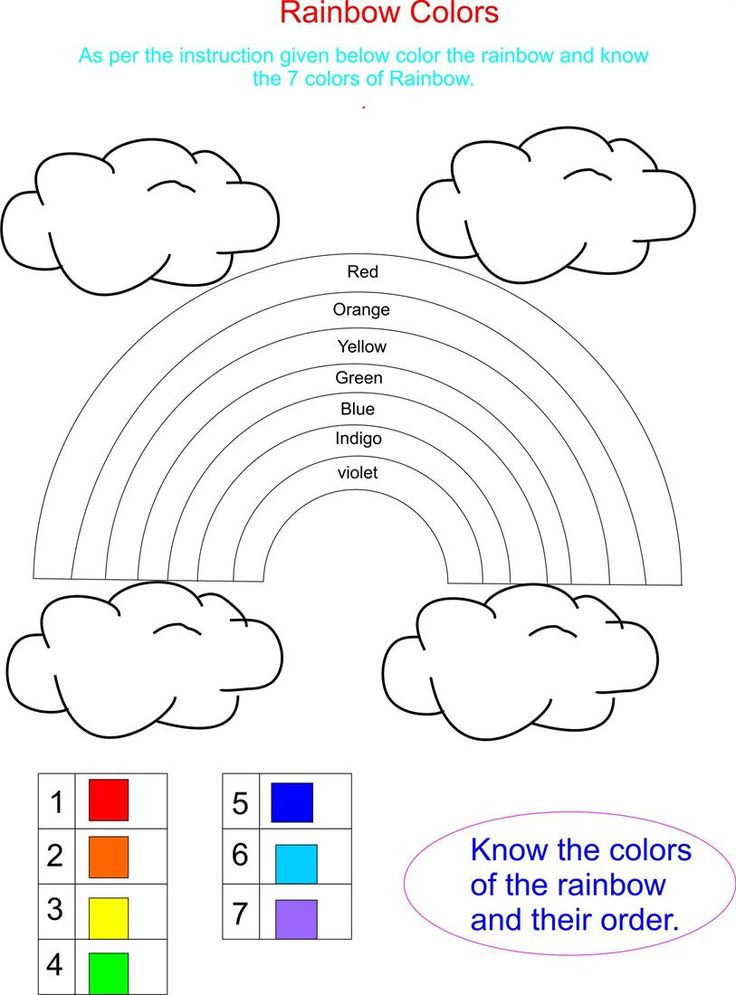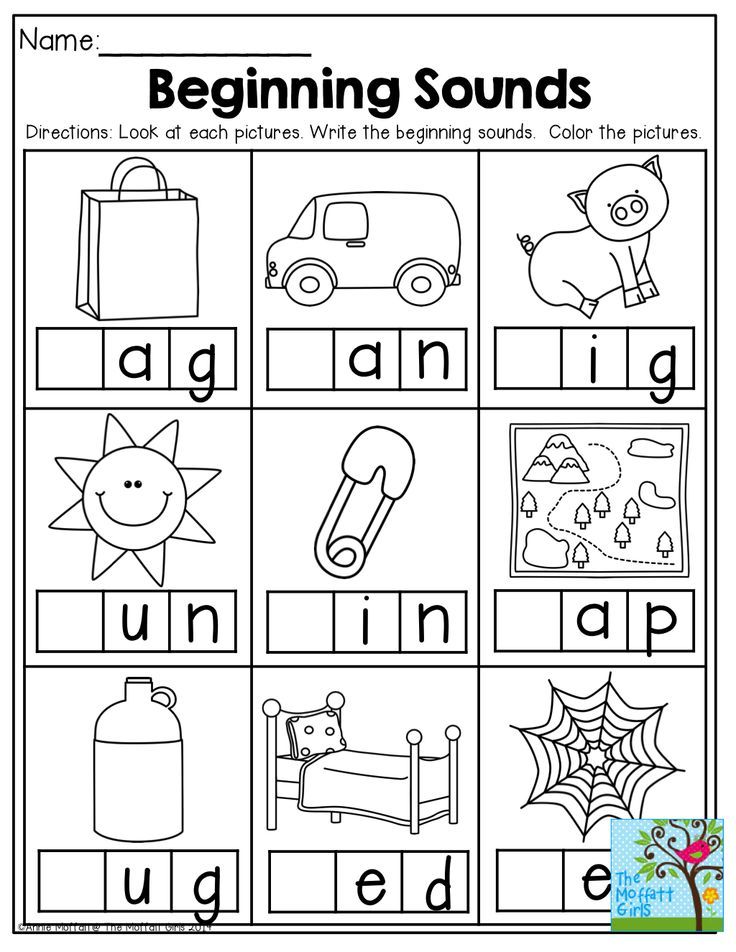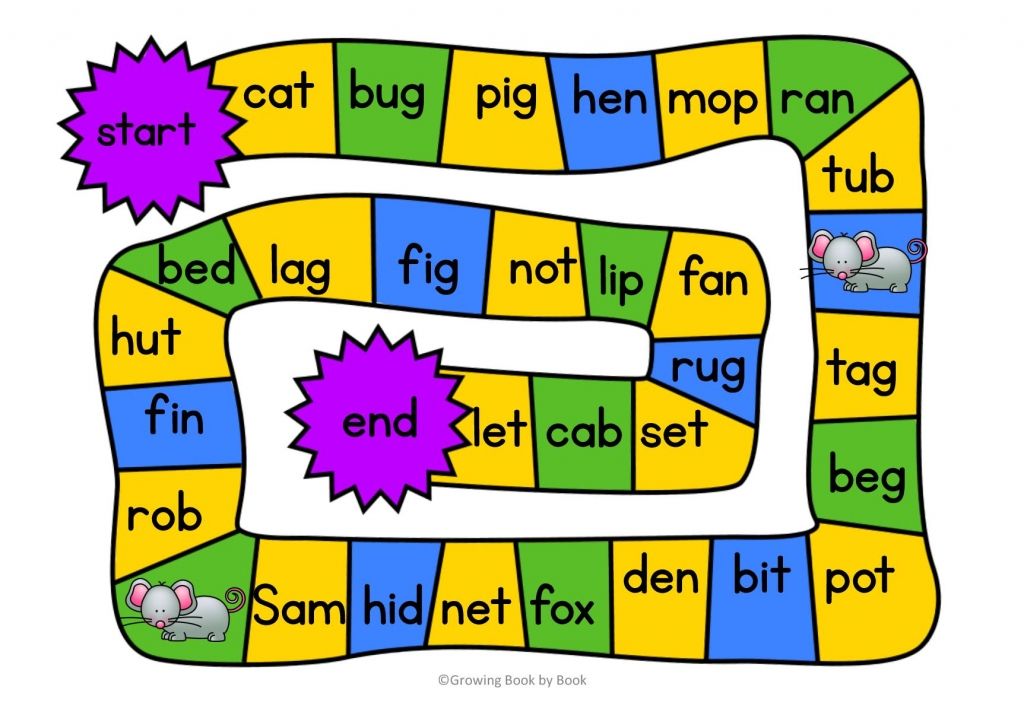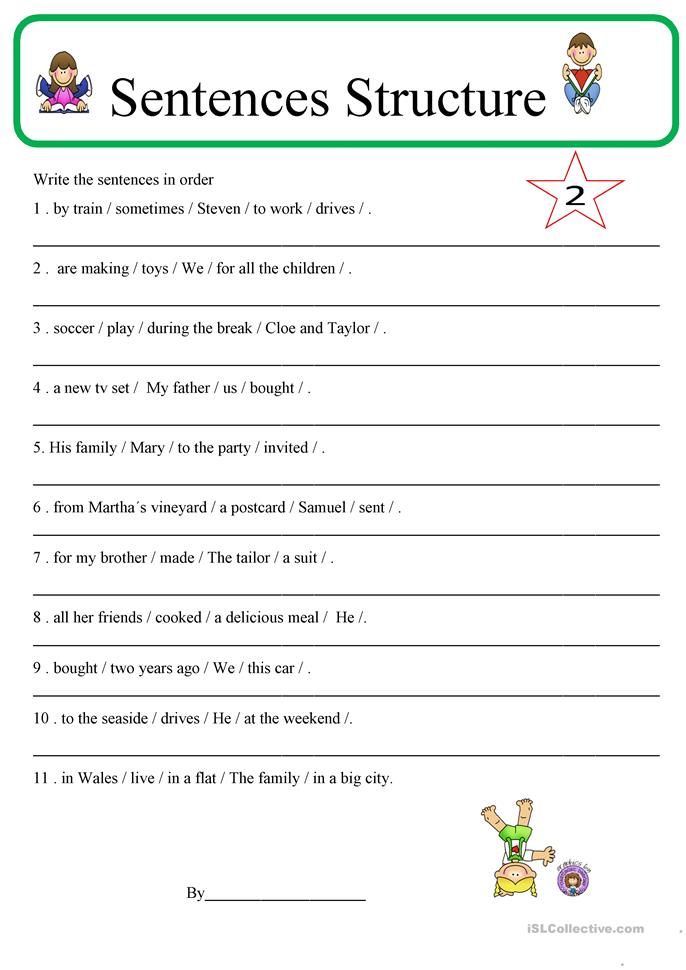Reading comprehension questions for parents
Reading Comprehension Questions to Ask During Story Time
Let’s face it: In everyone’s super busy schedules, settling in with your kids for to read a story is such precious time. But you can make it even more valuable and boost the skills your child gets out of reading by asking a few strategic questions. As a bonus, it’ll make the reading experience more interesting and engaging for both of you!
“When you ask questions during story time, it really helps children learn to be active readers and to think critically,” says Tammy Milby, Ph.D., director of reading in the Department of Education at the University of Richmond. “When parents can get kids thinking and discussing a text, it makes story time a richer experience.”
Ask these questions before, during, and after a story to encourage your young learner to think about the text in a more in-depth way (it’s OK if your child can’t read independently yet!).
Before You Read
1. What do you think might happen in this story?
Jumpstart your child’s creativity and attention to detail! “This question helps children notice and think about clues from the title and illustrations,” says Milby. What’s more, it piques their interest in the book, while encouraging them to think about any background knowledge they have on the story’s topic to make predictions.
In general, try to keep your questions open-ended (Ask, "What do you think this story is about?" rather than, “Do you think this story is about a superhero?”). “Open-ended questions facilitate conversation and vocabulary building by giving the child the chance to formulate a full response,” adds Milby.
While You Read
2. What word do you think should come next?
Every so often, cover a word in a sentence and ask this question. “It helps with children’s syntax, because they’re indirectly noticing that they need to choose either a noun, adjective, verb, or so forth based on what helps the sentence make sense,” says Andrew DiNapoli, director of curriculum at the Baldwin School District in New York.
It also encourages observational skills, since your child will choose a word based on what they've learned about the story so far (perhaps every sentence ends with a word that rhymes with “cat”) or what they decipher from the illustrations (perhaps there’s a rat in the picture).
3. What was that character’s name again?
Simple recall questions help you gauge your child’s reading comprehension. It’s common for a child to skim past words or names they’re not familiar with, but remembering these basic facts helps them to better answer more complex comprehension questions later on, and boosts attention and memory skills. What’s more, knowing all of the important details will help make the rest of the book far more engaging and enjoyable. If necessary, flip back through the pages to find the answer together.
4. Which words do you think best describe this character?
When your child thinks about a character’s traits, they may begin to decide if they would make the same decisions as that character. It also encourages your child to consider the relationships between characters. “Understanding those relationships leads to a better comprehension of the overall story,” says DiNapoli. “Seeing certain relationships — say, that between a mother and a child — helps the reader better understand the character’s ability to move through specific challenges and conflicts.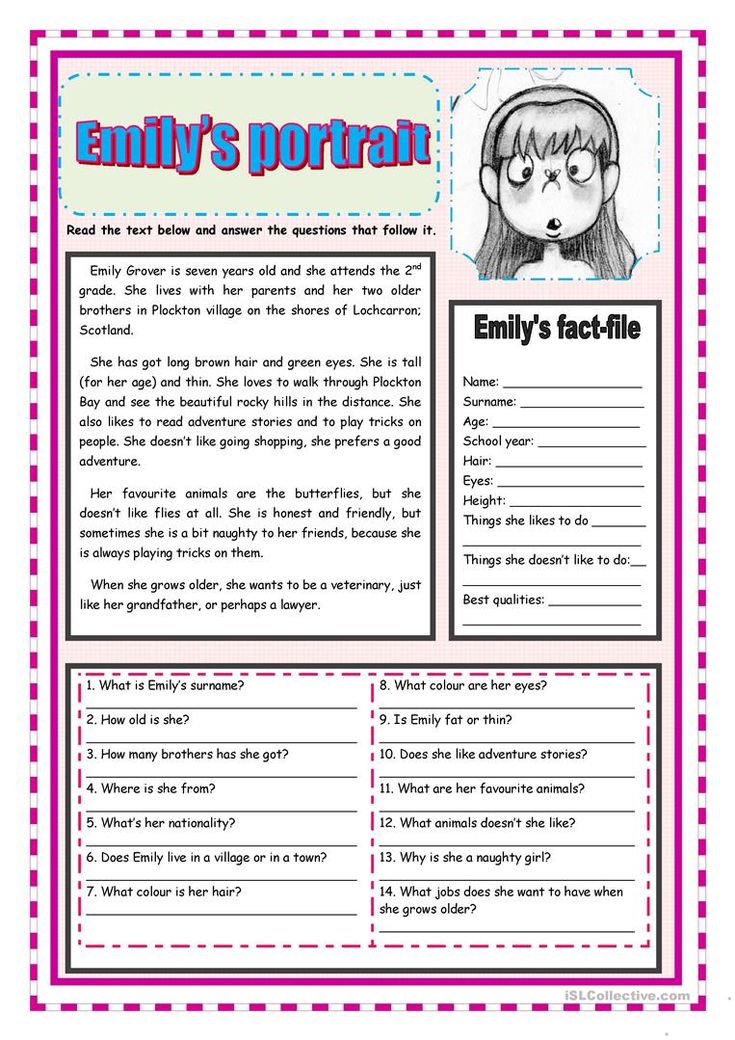 ”
”
5. Does anything in this book seem familiar to you?
You could also phrase this question as: “Can you make a connection between what’s happening in this book and something in your own life?”. “We want kids to make these powerful connections to their world because it helps them to better understand what’s happening around them,” says Milby.
After You Read
6. How might this story be different if it was told from another character’s point of view?
This question encourages your child’s reasoning skills. “At this point, they’re thinking about the big ideas within the story, but also the authorial moves that were made,” says DiNapoli. “The author made a decision by telling the story from a certain point of view, but if you tell it from another character’s point of view, the plot might change.” Consequentially, to answer, your child will need to consider how the characters, setting, and structure are connected.
7. Can you make up a different ending to this story?
Your child will need to reflect on the story to answer this question, and will also need to think comprehensively about the various routes the plot could have taken. “If the theme of the story is honesty, then they might brainstorm other solutions to the plot’s conflict that reflect that theme,” says DiNapoli. For the more advanced reader, you may even ask, “Can you create an ending to the story that shows how the characters solved the problem in a different way?”
“If the theme of the story is honesty, then they might brainstorm other solutions to the plot’s conflict that reflect that theme,” says DiNapoli. For the more advanced reader, you may even ask, “Can you create an ending to the story that shows how the characters solved the problem in a different way?”
Encourage a love of reading with help from our guide, which includes book recommendations by interest, tips for getting your child to read for fun, and much more.
Shop great books for story time below! Find all books and activities at The Scholastic Store.
Questions For Reading Comprehension in the Classroom
Kirsten
As a teacher, you know that reading comprehension is essential for your students. But what are the best ways to help them improve their comprehension skills? These questions for reading comprehension can help! They can be used to get kids thinking more deeply about what they're reading or as a tool to help assess their understanding of texts.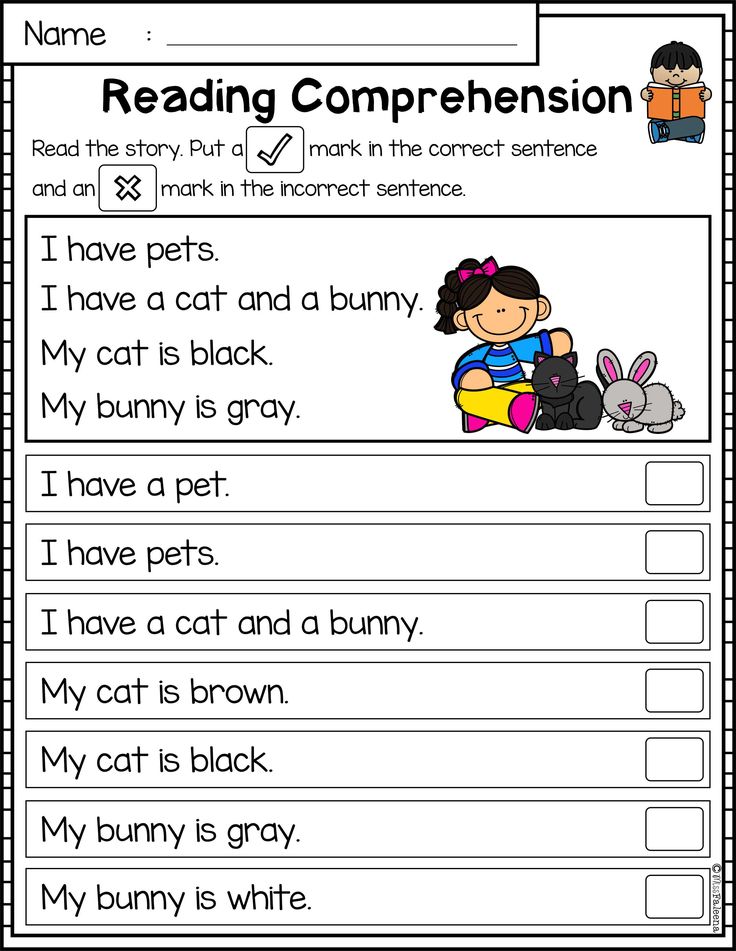
Asking questions is a valuable way for children to demonstrate their understanding of what they have read. This strategy can be used in many areas, including story structure and predictions. Each section provides tips on using this skill while reading with your child or student!
This post covers seven areas to support and extend a child's understanding of what they are reading. Each section suggests a list of questions you can use with students. The different areas are:
- Story structure
- Making Predictions
- Author's Purpose
- Summarising
- Making Connections
- Self-Monitoring and Self-Correction
- Inferring
Children show comprehension by responding to what they have read in ways that make sense. Expect them to react to what they have read through discussion and questioning. Consistently asking questions helps the process become a habit, and children will read for meaning.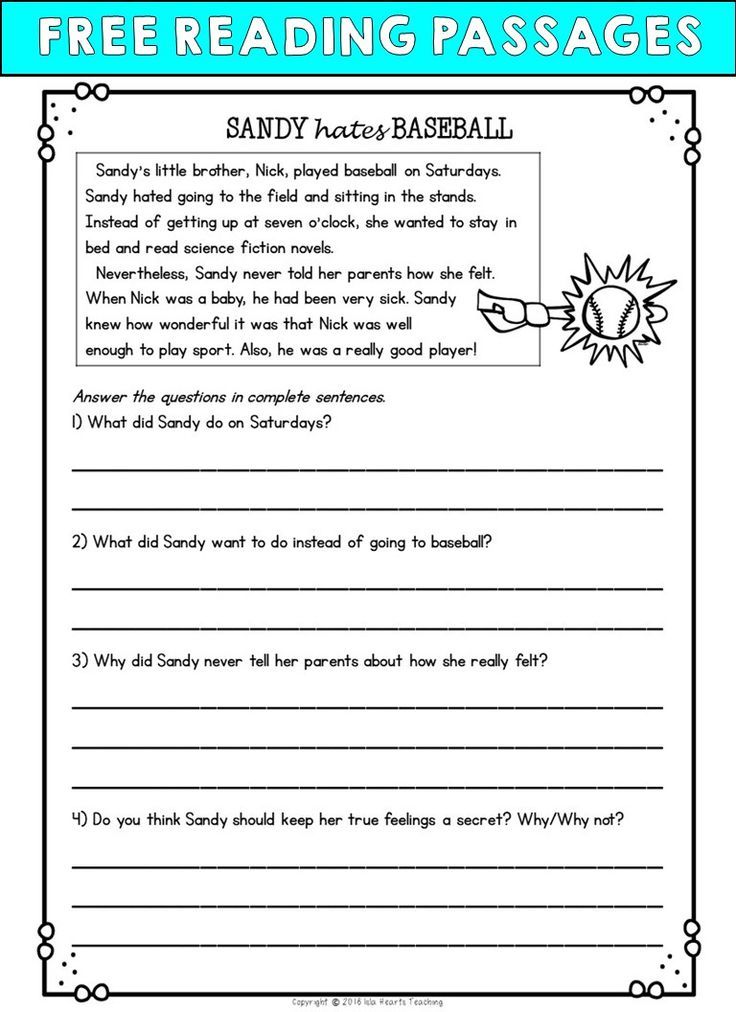
When exploring story structure with students, focus on the sequence of events. These comprehension questions will help children understand that events happen in a particular order affecting how they affect one another and, ultimately, what happens to the characters.
- What is the title of this book?
- Who is the author and /or illustrator?
- How do you know if this book is fiction or nonfiction?
- How did the story start? How did it end? What happened in the middle?
- Can you retell the story in order of events?
- Where is the story set? How do you know?
- What is the genre of this story? How do you know this?
- Who is telling the story?
- Who are the important characters?
- How did the character's actions affect the story?
- What is the conflict or problem the characters must resolve? How did they do this?
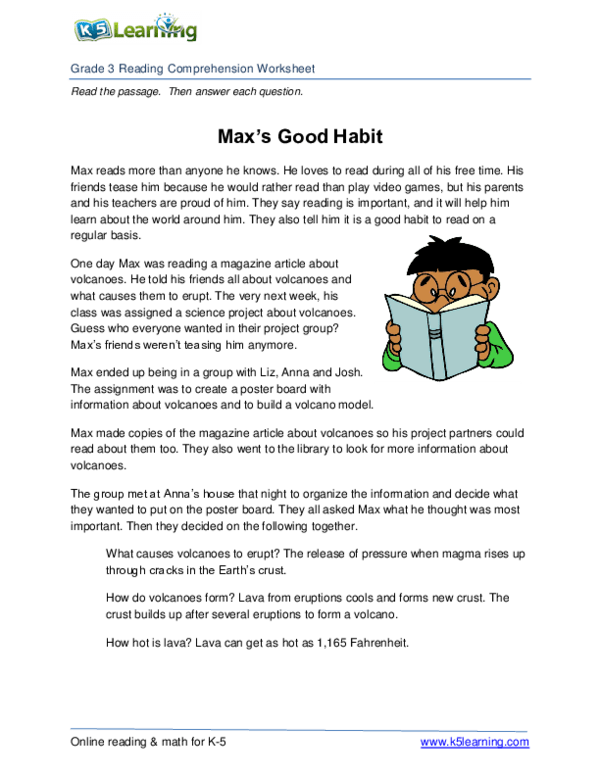 Making Predictions Questions
Making Predictions QuestionsYou can ask questions before reading, during or after reading. Try to limit questions and avoid making students self-conscious about guessing or predicting words while reading. The fewer distractions, the better! Use these questions for reading comprehension to prompt those students who may struggle with this skill.
- What will happen next? How do you know?
- Do you think the characters will have to face any problems/conflicts? How do you know?
- What do you think will happen at the end of the story? What makes you think this?
- What do you think will happen if…?
- What do you think the characters are feeling or thinking?
- What is the character going to do next? How will their actions affect the story?
Children must consider the author's purpose when reading or listening to a story.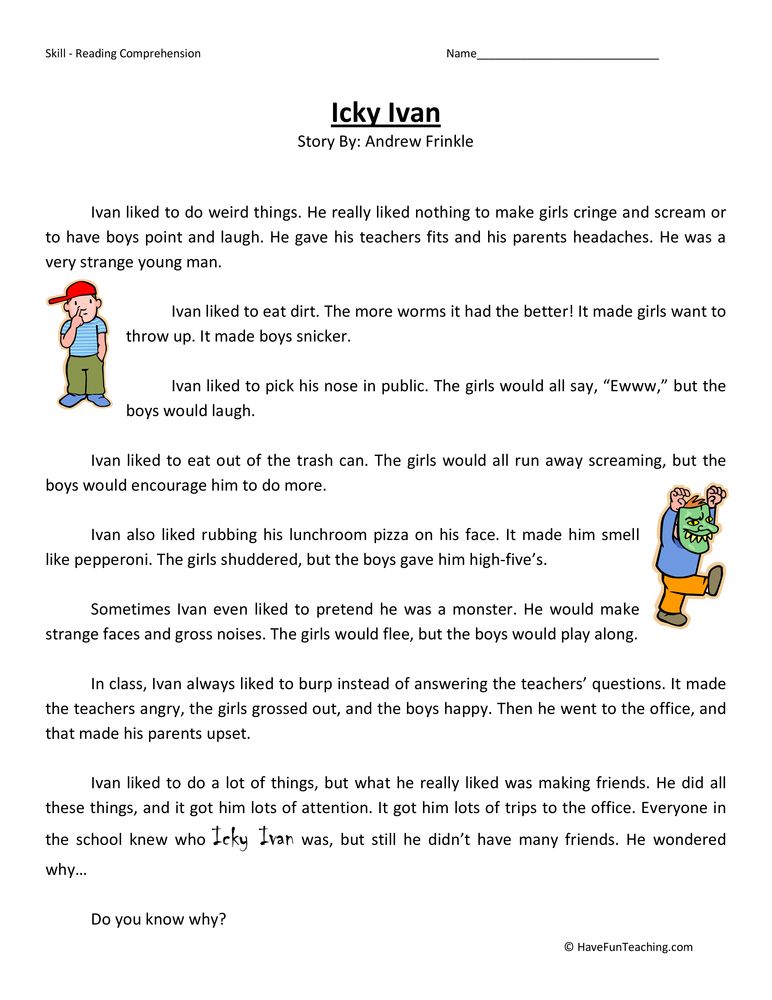 They must see stories from an objective perspective, not just their own personal one!
They must see stories from an objective perspective, not just their own personal one!
- Why do you think the author chose to write this story? (For example, was it to inform, entertain, persuade, etc.?)
- What message was the author trying to convey? How do you know?
- Why do you think the author chose the setting of the story?
- What is the author trying to tell us?
- What do you think of the title? Did the author make a good choice? Why?
Summarising involves identifying important events in a text while ignoring all other information. Summarising could involve a verbal or written summary of the main points. Use these questions to encourage students to recall critical parts of the text and as prompts for students who need more help remembering what they read.
- What is the main idea of the story?
- What happened in the story? Can you tell me what happened in order?
- What do you think was the most important part of the story? Why?
- Did something happen that changed the outcome of the story? Did you expect this?
- What was the character's mission? How did they achieve it?
- Why did the character make this choice? Could they have made a better choice?
- Why did [event] happen?
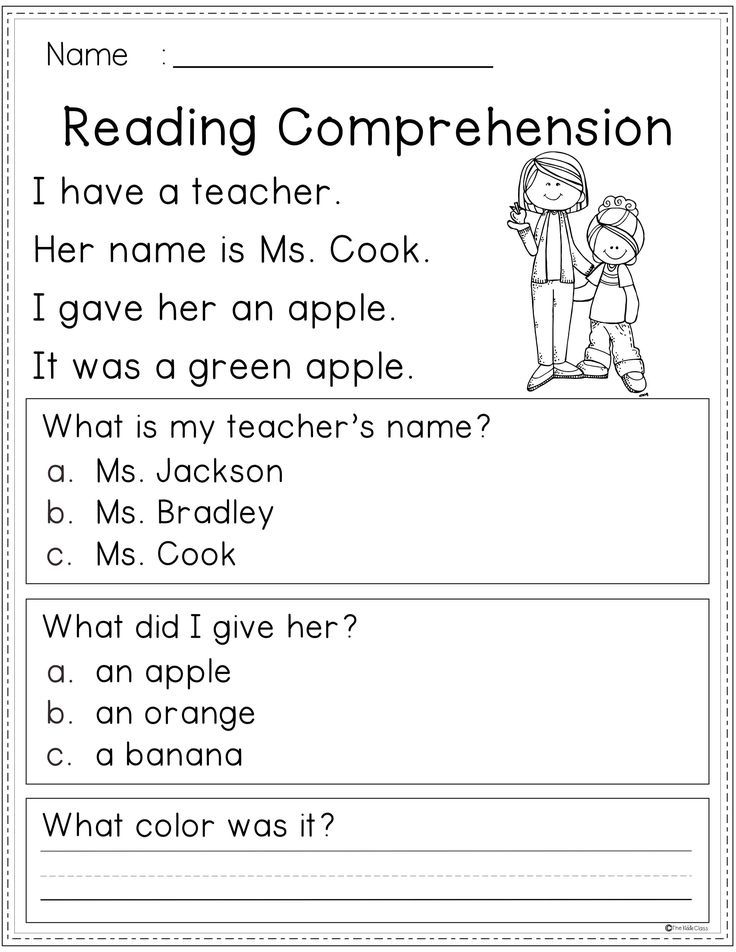 Making Connections Questions
Making Connections Questions Children need to practice retelling stories in interesting and exciting ways. With practice, their connections will become more detailed. It is essential to pause when reading and give students time to think when making connections. These comprehension questions are another great strategy to help prompt children.
- Does the story to character remind you of anyone?
- Does this book remind you of any other books you have read?
- How did the story make you feel, and why?
- Did you learn anything from this story that you can use in your life?
- Does this story remind you of anything happening in the real world?
- Make a connection to other books written by this author.
Self-monitoring is when a reader notices their own reading errors. Self-correction is the ability to go back and fix those errors.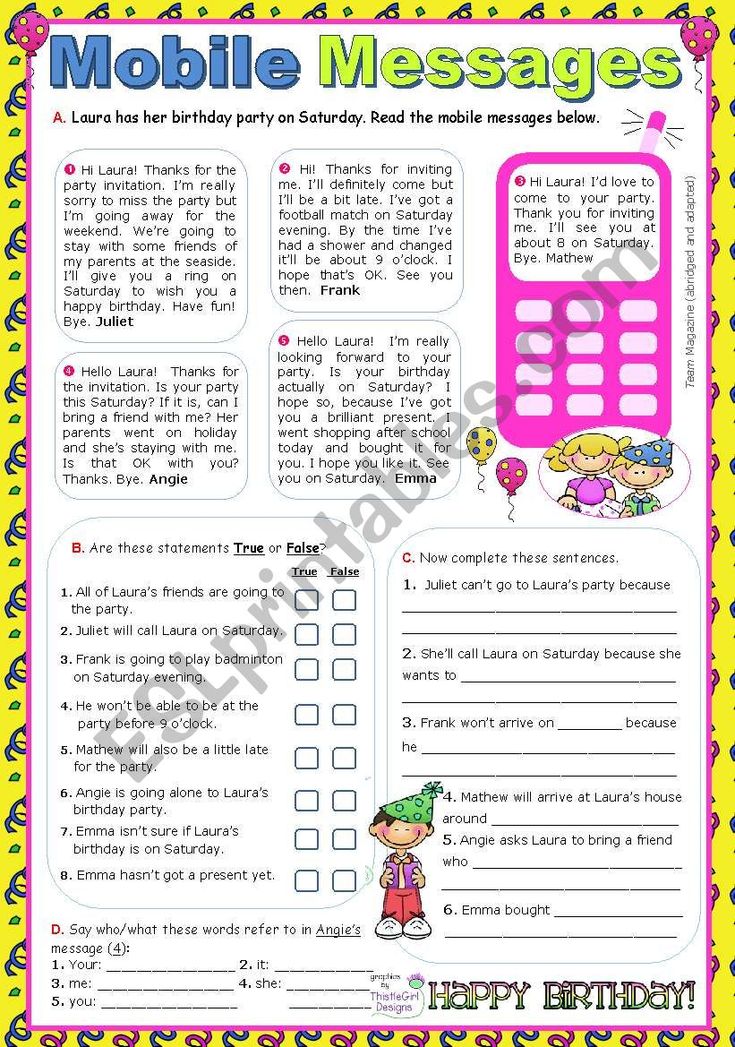 When a child realises they have made a mistake, we want them to stop so they can develop a complete understanding of what they are reading. Use these questions to develop these skills further.
When a child realises they have made a mistake, we want them to stop so they can develop a complete understanding of what they are reading. Use these questions to develop these skills further.
- Does that sound right?
- Does it make sense?
- Do the illustrations help you understand the story?
- What parts of the story didn't you understand? Go back and reread to make sense.
- What strategies could you use to help if you don't understand something?
- Why did you stop reading?
Making inferences is a complex skill that takes time for students to master. It involves reading between the lines and using their knowledge to make plausible guesses about the story. They will use multiple cues to develop their inferences as they read, leading to various answers. Use these questions for reading comprehension to help students read with a critical eye and improve their understanding of the text.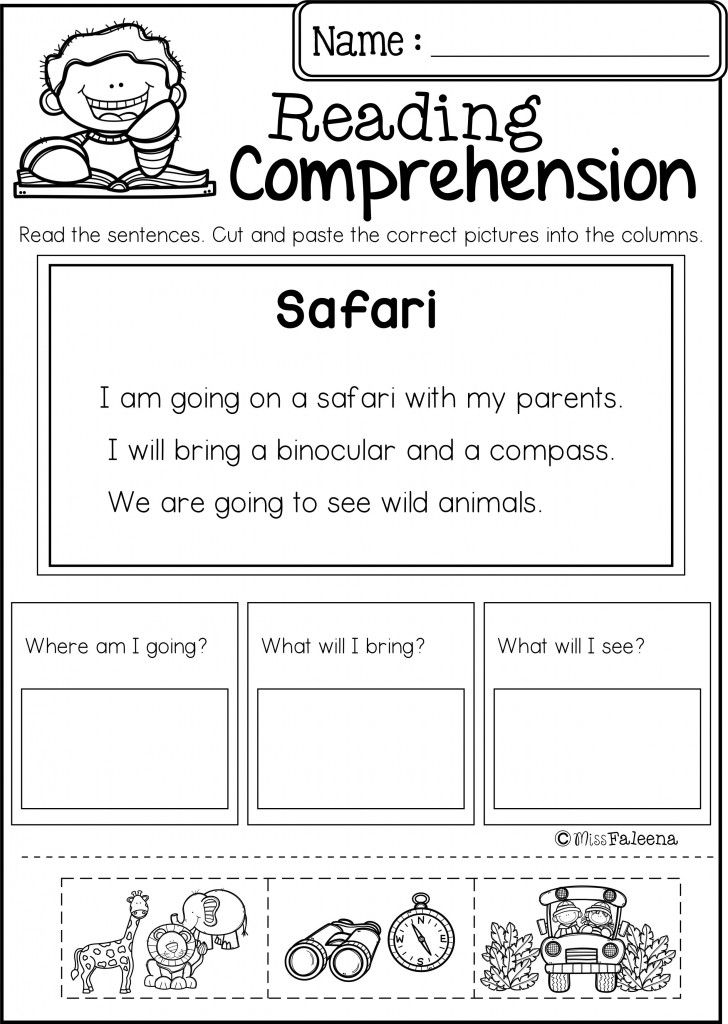
- What was the message of the story?
- What was the main feeling in the story (e.g. was it happy or sad)? How do you know this?
- Why did the character choose to do _______? Why?
- Did you agree when the character chose to ______?
- Tell me about some of the emotions the characters experience.
Disclosure: This post contains affiliate links. If you purchase anything through them, I will get a small referral fee and you will be supporting me and my blog at no extra cost to you, so thank you! You can find more information here.
What Next?
I hope these questions for reading comprehension will help children think about what they are reading.
Do you have any favourite comprehension questions you like to ask when reading with students?
Parents, as you accepted your child’s first spoken words with joy and praise, please do the same with their reading. Children, like adults, learn best in a stress-free, fun environment!
You may also find these related posts useful:
Strategies to Help When Children Make Reading Errors
Reasons Why it is Important To Read Aloud Books
The 5 Stages of Reading Development
Pin for Later!
Latest from the blog
The form you have selected does not exist.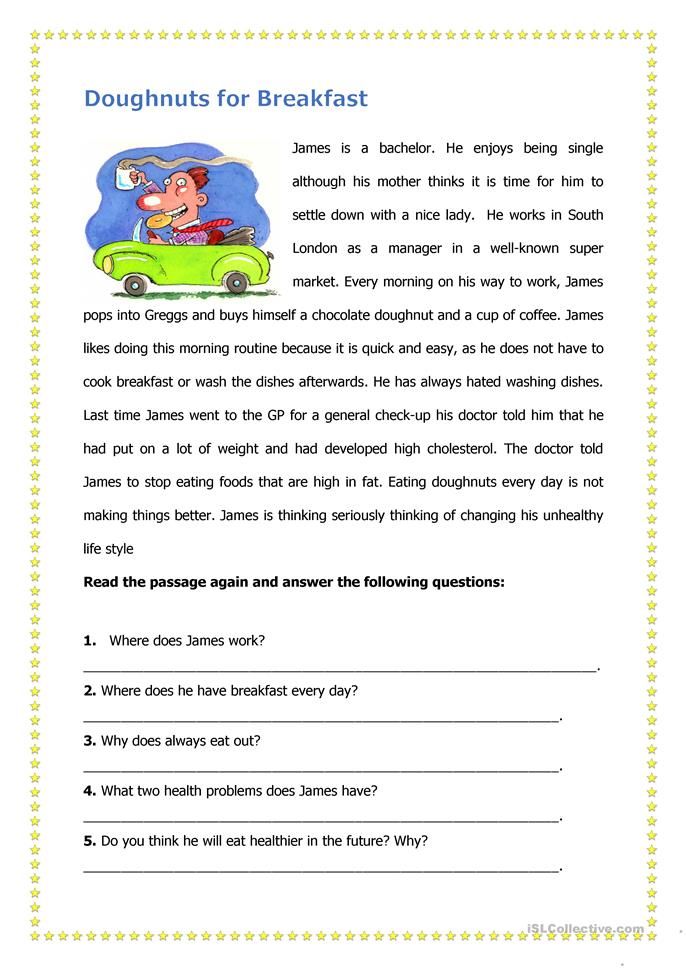
6 Key Skills for Reading Comprehension
For some people, reading is like a walk in the park on a warm summer day, an enjoyable activity that is easy to master. In fact, reading is a complex process that involves many different skills. Together, these skills lead to the ultimate goal of learning to read: comprehensive reading comprehension.
Text comprehension can be difficult for children for many reasons, but regardless of them, knowing what underdeveloped skills this is due to, you will be able to provide your child with the best help.
Let's take a look at the six reading comprehension skills and how you can help your child develop them.
1. Decoding
Decoding is an extremely important step in the reading process. Children use this skill to sound out words they have heard before but not seen written.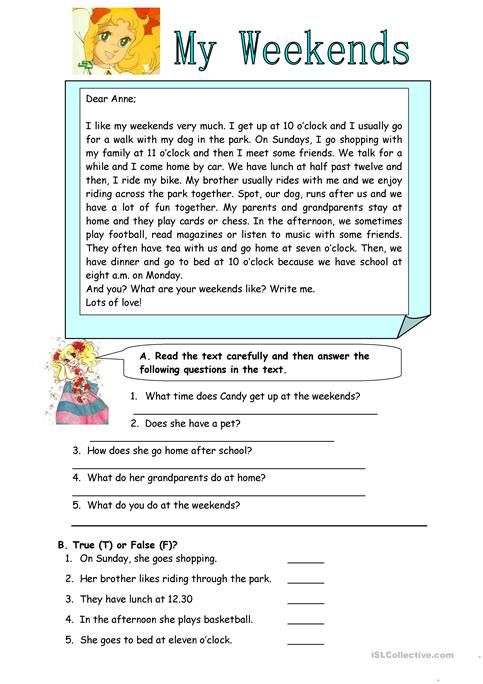 The ability to decode is the foundation of all other reading skills.
The ability to decode is the foundation of all other reading skills.
Decoding relies on one of the first language skills to develop, phonemic comprehension (this skill is part of a broader set of skills called phonological comprehension). Phonemic awareness allows children to hear and distinguish individual sounds in words (also known as phonemes). It also allows them to "play" with sounds in syllables and words.
Decoding also relies on the ability to match individual sounds and letters. For example, to read the word "sun", the child must know that the letter "s" sounds like "s". Understanding the relationship between letters and sounds is an important step towards "voicing" words.
How to help: Many children learn phonological awareness naturally by reading books, listening to songs and poems. But for some children it is not so easy. In fact, one of the earliest signs of reading difficulty is trouble with rhyming, counting syllables, or identifying the first sound in a word.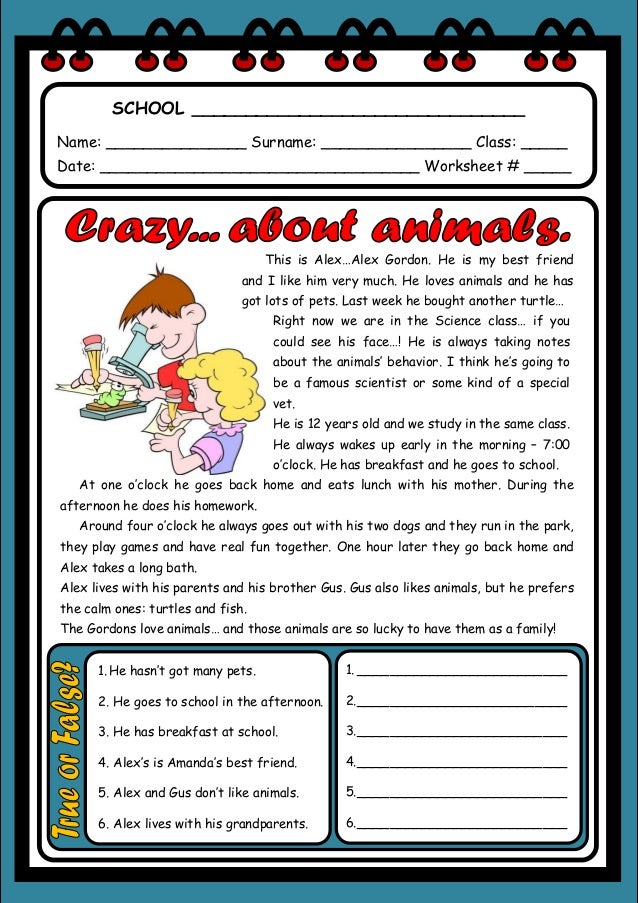
The best way to help your child improve these skills is to guide them with precise instructions and lots of practice. Children need to be taught how to correctly identify sounds and work with them. You can also develop phonological perception by playing with words, reading poems aloud to your child, or using special computer techniques aimed at developing phonemic perception and decoding.
2. Reading fluently
To read fluently, children must recognize words immediately, including words that do not read as they are written. By developing reading fluency, the child increases not only reading speed, but also reading comprehension.
Decoding and reading each word can be a lot of work. Word recognition is the ability to recognize a word instantly just by looking at it, without having to read it out loud. When children can read quickly and with almost no errors, they are said to be able to read "fluently".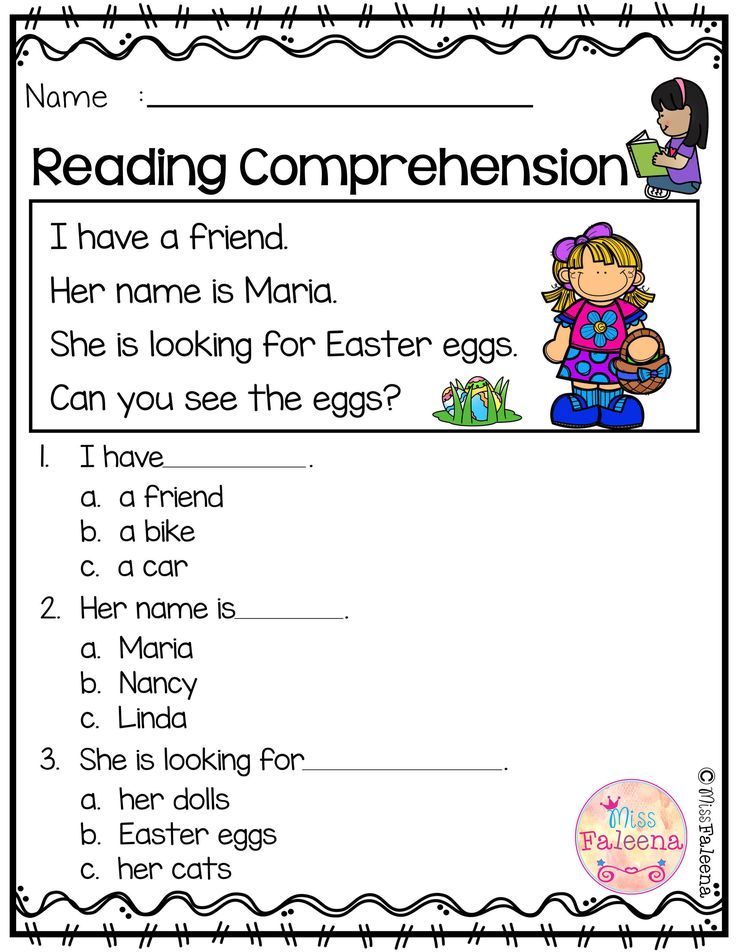
People who can read fluently read fluently and rhythmically. They use the context to understand the meaning and change the intonation in their voice depending on what they are reading about. The ability to read fluently is critical to a good understanding of the text.
How to help: Word recognition can be a big hurdle for beginning readers. Usually a person needs to see a word from 4 to 14 times in order to learn to automatically recognize it. But, for example, children diagnosed with dyslexia may need to see the word up to 40 times.
Many children have difficulty reading fluently. To improve word recognition and other reading skills, children need help and a lot of practice. The best way to strengthen these skills is to practice reading books. It is important to choose books that are appropriate for the child's reading level.
3. Vocabulary
To understand what you read, you need to understand at least most of the words in the text.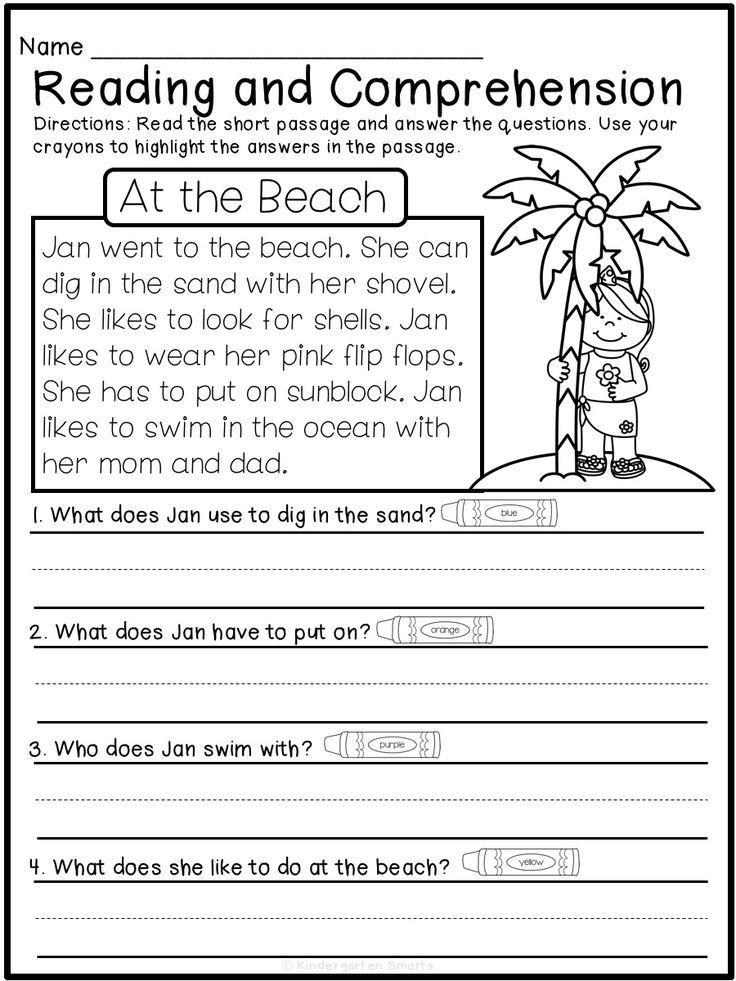 A rich vocabulary is a key component of text comprehension. Students can learn new words during class, but they usually learn the meaning of words through everyday situations and while reading.
A rich vocabulary is a key component of text comprehension. Students can learn new words during class, but they usually learn the meaning of words through everyday situations and while reading.
How to help: The more new words children learn, the more their vocabulary grows. You can help your child develop vocabulary by talking to him often about different topics, introducing him to new words and concepts. Word games and funny jokes are also fun ways for children to reinforce these skills.
Daily reading together also helps to build vocabulary. When reading aloud to your child, stop when you encounter new words and explain their meaning. But it is also important that the child reads independently. Even if there is no one to explain the meaning of a new word, the child can guess its meaning from the context, and also learn with the help of a dictionary.
Teachers can also help by choosing interesting words to study and learning them all together in class.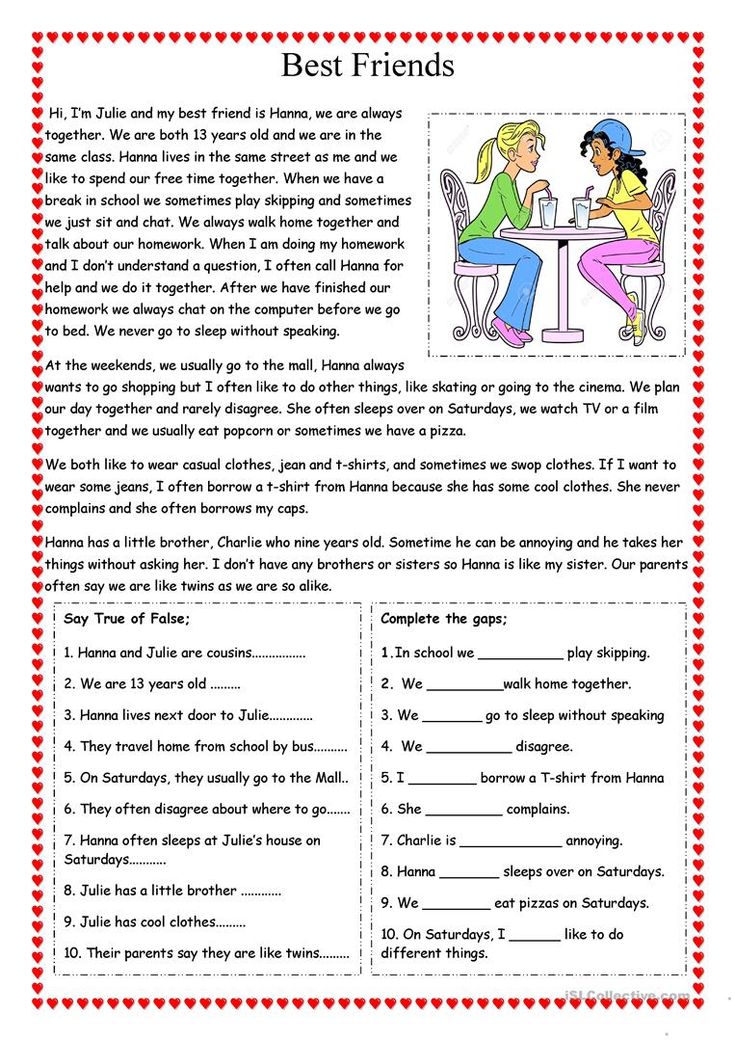 To practice vocabulary, the teacher can engage students in dialogue during the lesson, or play word games to make learning new words fun.
To practice vocabulary, the teacher can engage students in dialogue during the lesson, or play word games to make learning new words fun.
4. Sentence construction and cohesion
Understanding how sentences are built can seem like a skill necessary for writing. The same can be said about the connection of ideas within and between sentences, which is called cohesion. But these skills are also important for reading comprehension.
Knowing how ideas connect at the sentence level helps children make sense of passages and entire texts. This also leads to what is called coherence, or the ability to relate ideas to other ideas in a common work.
How to help: Explain the basics of sentence construction to your child. Work with him to connect two or more thoughts, both in writing and orally.
5. Expanding horizons and reasoning
read. It is also important to teach the child to “read between the lines” and find meaning where it is not literally written.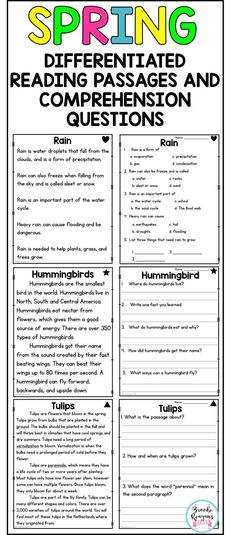
How to help: Your child can broaden their horizons through reading, socializing, watching movies and TV shows, and exploring art. Also many things come with years of personal experience.
Open up opportunities for your child to gain new useful knowledge in different areas and discuss with him what you have learned from the experience gained, both together and separately. Help your child make connections between new and old knowledge and ask questions that require extended answers and thoughtful explanations.
You can also read these tips on how to use cartoons to help your child learn to judge for themselves.
6. Working memory and attention
These two skills are part of a group of skills also known as executive functions. They are different, but closely related.
When children read, attention allows them to absorb information from the text. Working memory helps them retain this information and use it to make sense and gain knowledge from what they read.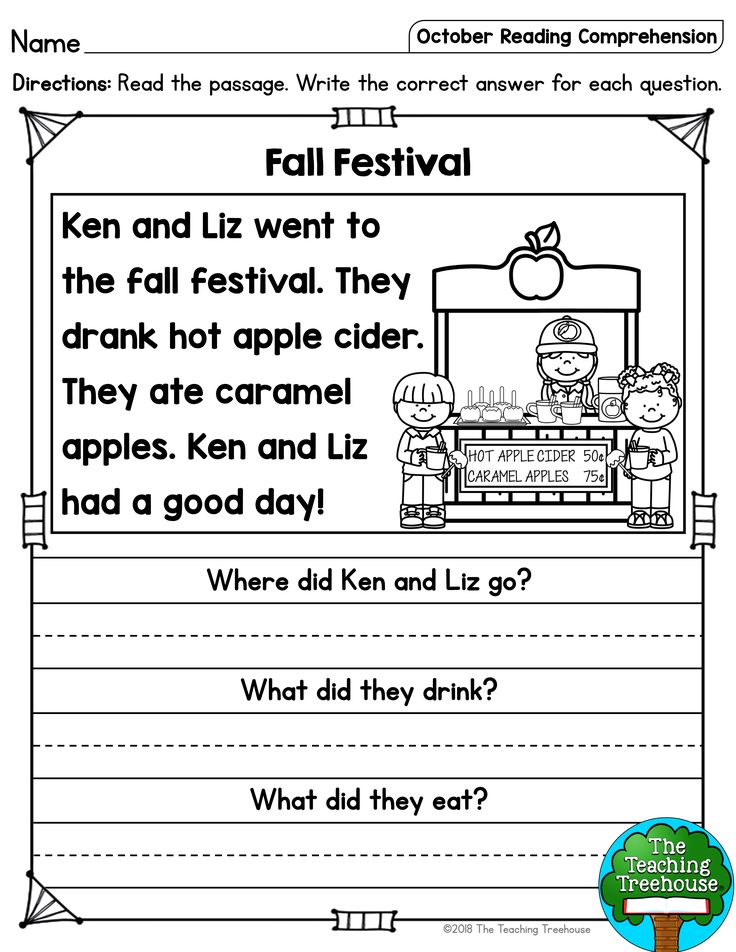
The ability to control oneself while reading is also related to executive functions. The child must be able to recognize when he does not understand something, stop, go back and reread, so that there is no doubt about the understanding of what he read.
How to help: There are many ways to help your child improve working memory, and it doesn't have to look like a lesson. There are many games and daily activities that can help develop working memory in a way that your child won't even notice!
To improve your child's concentration, look for reading materials that interest and/or motivate your child. For example, some children love graphic novels. Teach your child to stop and reread the text when something is not clear to him. And show him how you “think out loud” when you read to make sure it makes sense.
More ways to help with text comprehension
When children have difficulty learning the above skills, they may find it difficult to fully understand what they read.
Find out what might be causing your child's reading difficulties. Remember, if a child has difficulty reading, it does not mean that he is not smart. But some children need extra support to successfully develop reading skills. The sooner you contact a specialist or start applying a special corrective technique, the less stress and lag in learning and development your child will receive. Pay attention to the computer technique Fast ForWord, aimed at developing the skills of phonemic perception, decoding, memory, concentration and other executive functions.
Pins
-
Decoding, reading fluency and vocabulary are key skills needed for reading comprehension.
-
Understanding how ideas connect within and between sentences helps children understand the entire text.
-
Reading aloud and discussing experiences can help a child develop reading skills.
Quickly and permanently develop reading skills: decoding, reading comprehension, extracting meaning from context, reading fluency, etc. , as well as concentration, memory, information processing - classes using the Fast ForWord online method will help you.
, as well as concentration, memory, information processing - classes using the Fast ForWord online method will help you.
Sign up for trial online classes in Fast ForWord right now!
Don't delay helping your child!
Source
How to teach a child to read
4593
“Your child reads quickly, but does not understand and cannot retell what exactly he has read” - such phrases are not uncommon at elementary school meetings. Parents are surprised: “The child is reading, how can he not understand what he read?”
Reading is not just a mechanical transformation of letters into words, but also a way of receiving and processing information, its further retelling.
It is important to recognize as early as possible that the child does not understand what they read, while the volume of texts and tasks is not large. This is easy to do by asking questions about the text, for example, about a read fairy tale. Without answers to questions, the child himself may not pay attention to the fact that he does not understand the meaning of what he has read.
This is easy to do by asking questions about the text, for example, about a read fairy tale. Without answers to questions, the child himself may not pay attention to the fact that he does not understand the meaning of what he has read.
1. Load and fatigue. Modern schoolchildren live in a world of colossal workloads, a high pace of learning. Often, a child reads a phrase and distorts its meaning, because he wants to complete the task as quickly as possible in order to move on to the next one. The child tries to meet the expectations of an adult, he experiences tremendous stress, which leads to chronic fatigue and poor academic performance
2. Automatic reading - the child chatters the text without delving into its meaning. Unfortunately, very often adults primarily pay attention to the speed of reading, and not to its quality. While the child is learning to read, do not chase speed - it is better to read more slowly, but thoughtfully.
3. Small vocabulary. A child can read a word, but not know its meaning and lose the meaning of the entire sentence or even text.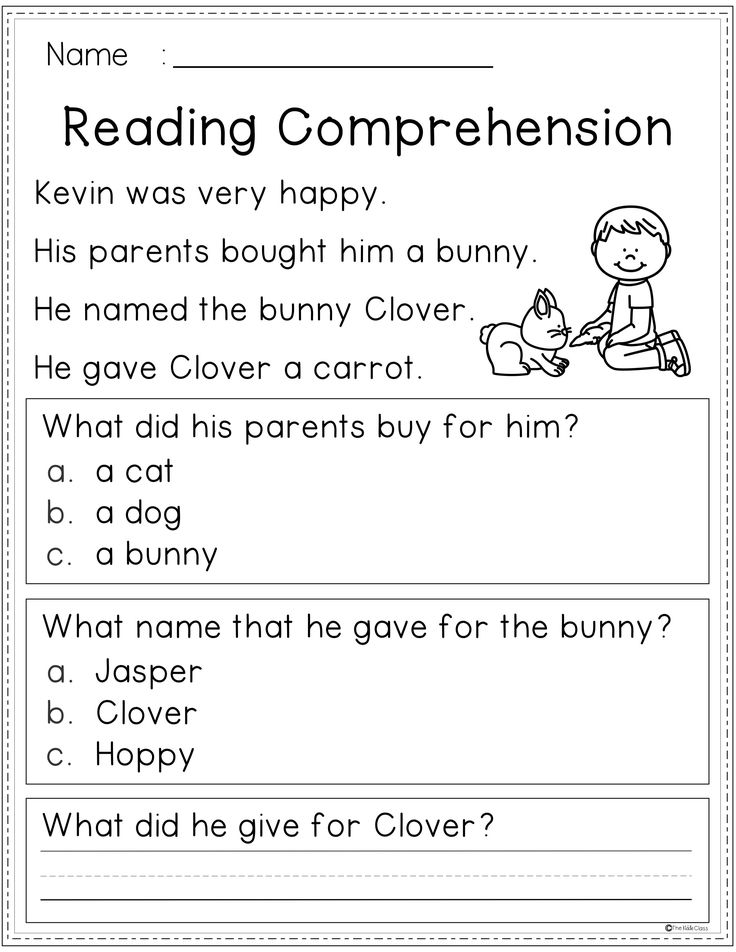 Explain to the child that he can ask adults for incomprehensible or unfamiliar words.
Explain to the child that he can ask adults for incomprehensible or unfamiliar words.
There are other factors that affect reading comprehension, but these are the main ones.
Games for the development of meaningful reading:
1. Puzzles of words, phrases and sentences. An adult writes a word on paper and cuts it into pieces, inviting the child to put together a “puzzle”, over time, the task becomes more complicated to sentences.
2. The word is lost: the adult reads the text and skips the words, the task of the child is to guess which words were “lost”.
3. Vocabulary expansion games: we invite the child to list as many words as possible for a hidden letter. This game is great because you can play it on the way to kindergarten or school or anywhere, because. it does not require any materials and preparation.
4. Children's Scrabble: word building game in children's format, expands the child's vocabulary
5. Scrabble: from simple words to complex ones.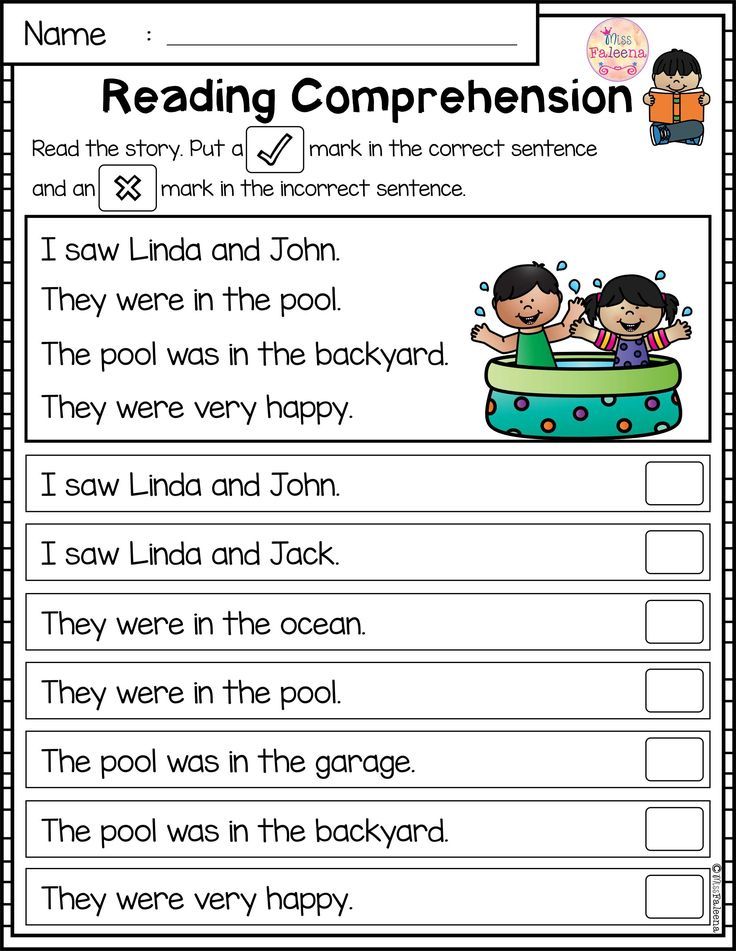 Playing with an adult, the child not only expands vocabulary, but also improves spelling.
Playing with an adult, the child not only expands vocabulary, but also improves spelling.
6. Theater based on a fairy tale read: an adult will need props, you can use ordinary toys or buy a ready-made puppet set for a certain fairy tale. The task of the child is to read the fairy tale and try to reproduce it together with the adult with the help of dolls.
What to do if the child does not understand what he read?
To begin with, the parent must clearly understand that the child is having a hard time, he does not create problems on purpose, he needs help, and adult dissatisfaction will only worsen the situation.
1. Make sure your child knows all the letters of the alphabet with confidence. Not according to the alphabet or cubes, but according to the text, where there are no pictures that can tell.
2. Do not push the child, no matter how slowly he reads. On the contrary, you can stop the child and ask him clarifying questions, especially about words and phrases that caused difficulty reading.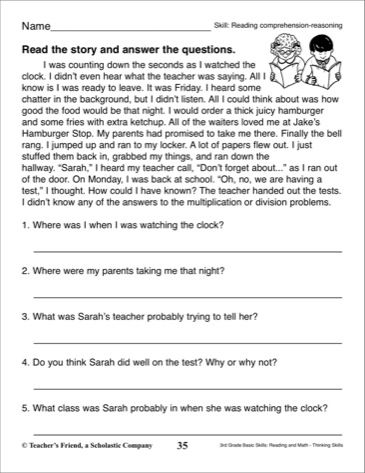
3. After reading the text, be sure to discuss what you read, ask questions to make sure that the child understands what he read.
4. When memorizing verses, also check whether the child understands their meaning. Explain unfamiliar words if necessary.
5. Let the child read as they like: underlining the line of text with a ruler, sheet or finger. The problem that parents do not attach importance to: the line. A child can simply get lost and confused in the abundance of text, so it is important to underline the readable line.
6. Offer your child books with large text, short phrases, and an interesting plot.
7. A child who does not understand what they read is vulnerable at school in the classroom. Review the task for the next day, sort out what will be incomprehensible - so the child will feel more confident.
8. Be sure to support the child, pay attention to even the smallest of his successes.
In any business, the main thing is practice.